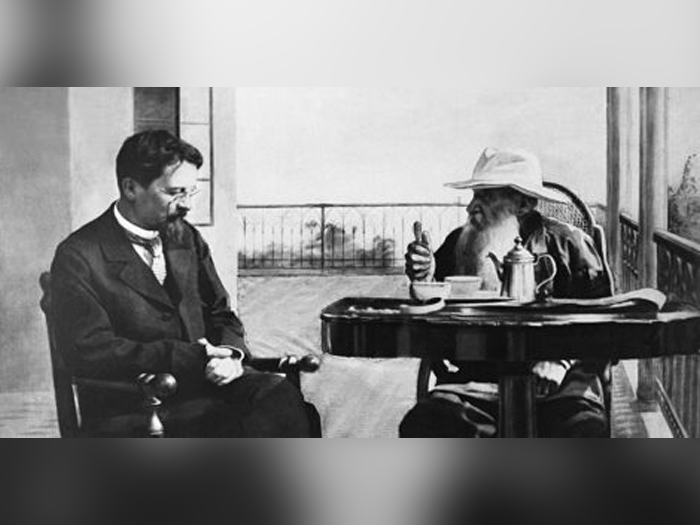
The history of coffee in Russia
In 1665, the court doctor prescribed to Tsar Alexei Mikhailovich “a medicine against over-moods, runny noses and glavobolenii.”
Peter I, during his “internship” abroad, visited Holland in 1697 and, after living in the house of a merchant and burgomaster of Amsterdam, became addicted to coffee. The drink was then sold in pharmacies. He was credited with amazing medicinal properties: “… drains any runny nose and cures colds, relieves winds, strengthens the liver; an excellent remedy against scabies and blood spoilage; relieves the heart and vital beating of such, brings relief to sufferers of stomach pains and lack of appetite,” etc. Returning back to his homeland, Peter issued a special decree ordering all subjects to drink coffee both privately and at official assemblies. Later, it was even offered to visitors of the Kunstkamera. Of course, such drastic measures provoked a severe rebuke from the most conservative part of the population, in particular, from the patriarch and other representatives of the clergy. Tea also fell into the same disfavor: “Tea is cursed at three cathedrals, and coffee at seven,” “Whoever drinks tea despairs of God, whoever drinks coffee imposes a coven on Christ.” Such arguments have become part of the general criticism of the transition to the European way of life, hidden from the official authorities.
Extravagant in his actions, Peter liked to shock the courtiers with unexpected appearances at their home with the demand to pour him a cup of coffee. The nobles were ready to do everything to please the obstinate sovereign. They went to special coffee houses to buy coffee. The first of them, of course, appeared in the capital St. Petersburg. In 1724, by decree of Peter I, 15 taverns were opened here for foreigners accustomed to the coffee tradition. Anna Ioannovna was a passionate fan of this drink: every morning she certainly started with a cup of coffee served directly to bed. At the same time, all drinking establishments were regulated, including coffee shops, in which it was allowed to serve “one coffee, tea, shekolad and tobacco”. The first coffee shop of this kind was Dominic Ritz Aport’s tavern on Nevsky Prospekt, located in the building of the Lutheran Church of Peter and Paul.
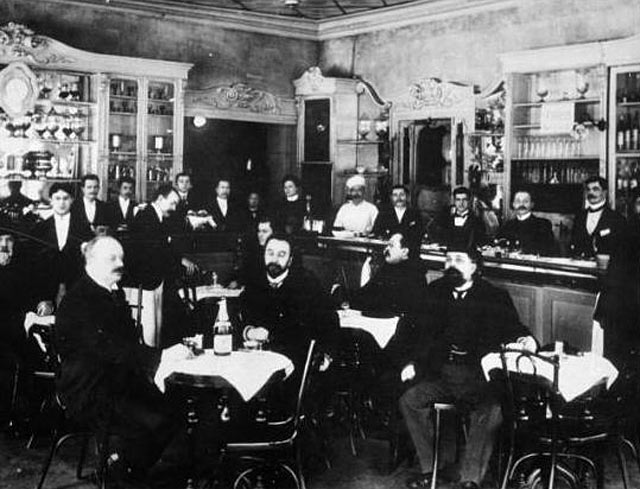
Catherine II was even more fond of coffee, and the drink had to be especially strong: she drank up to 5 cups every morning, which took about 400 grams of ground grains, but then the Empress felt cheerful and energetic throughout the day. A funny case is known when her secretary Yakov Kozmin came to the Empress with a report. It was very cold, and the queen, wanting to help her subject warm up, offered him a cup of strong coffee. However, the effect was the opposite: the poor fellow became so ill that he almost died from a strong heartbeat.
At the same time, divination on coffee grounds becomes a popular entertainment, the first mention of which dates back to 1747. Unlike other witchcraft methods, this type of divination was considered less reprehensible, and by the 1760s even printed books with instructions for divination appeared. In Novikov’s famous satirical magazine, The Painter, it was reported about the ease with which “a whole sheet of ladies, girls and men can be presented, which, in case of accidents, are sent for coffee pots.” Specially trained women were called “Coffee makers” who, “looking at the different features and types of boiled coffee stuck to the sides of the cup, make different guesses to satisfy the superstitious on their demands or explanations.” There is another legend that in 1799 Emperor Paul I hosted a gypsy woman who allegedly guessed his imminent demise.
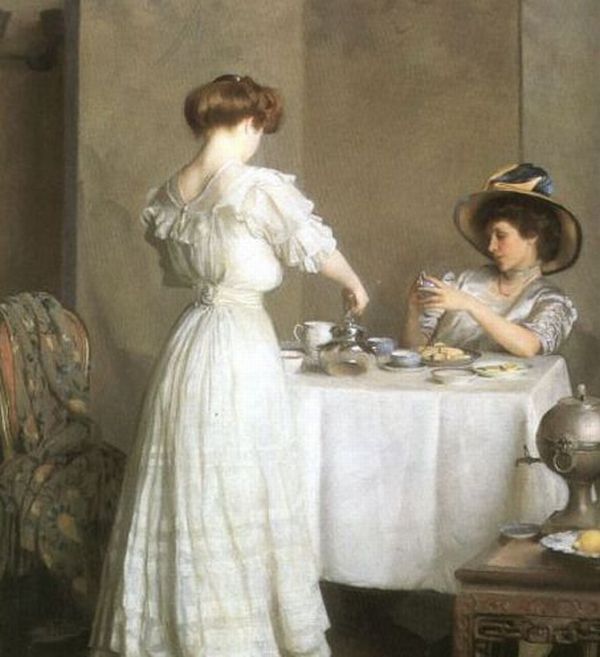
At the beginning of the 19th century, the most famous coffee house was the “Confectionary of Wolf and Beranger”, which was a real center of intellectual St. Petersburg. Legend has it that Pushkin was the last to visit her before his fatal duel with Georges Dantes. The international horticulture exhibition, held in 1884 in St. Petersburg, played a special role in the history of Russian coffee. The exhibition was visited by Brazilian farmers who brought the best samples of varietal coffee, which surprised local coffee lovers a lot and significantly replenished their wallets — a huge number of contracts for the supply of Brazilian coffee were concluded. After this exhibition, the import of coffee to Russia has almost doubled — from 8 to 12 tons.
With the beginning of the revolution, the coffee culture was somewhat lost due to the high cost. Only with the flourishing of trade during the NEP years was it possible to partially restore the former love for this drink. “Coffee”, as it was then called, became a necessary attribute of the daily life of the Soviet bourgeois-napman, although the common people treated this drink with distrust. And even the series of stories “Lenin and coffee” (by analogy with “Lenin and the children”) did not save the “dew of cheerfulness”. The post-war Khrushchev “thaw” returned coffee to the mass consumer, allowing its free sale – though not for long. Like tea, it soon became a very scarce product, and cheaper chicory or such specific drinks as acorn or barley coffee became its substitute. After the Soviet consumer got bored with coffee substitutes, by 1991 instant coffee of Colombian or Brazilian production appeared on sale. This trend persists in everyday popular culture to this day.
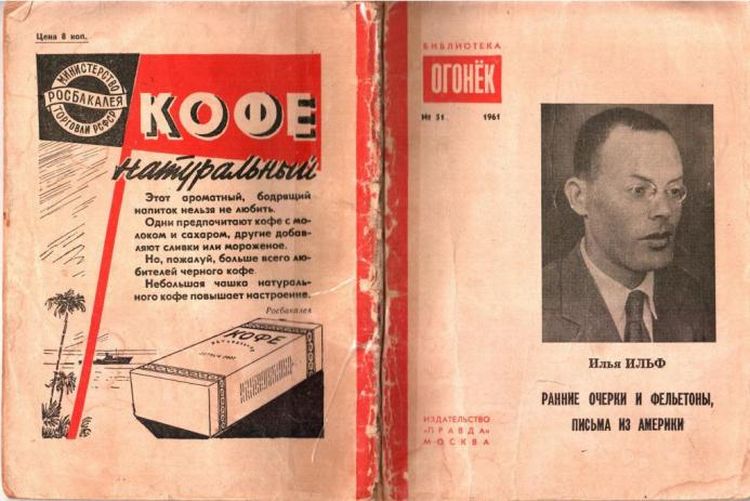
It is worth focusing on the traditional Russian ways of making coffee. Like tea, coffee was brewed in a special samovar, which was a cylindrical vessel, the lower part of which was decorated with a figured lattice (an opening for air circulation), a crane with a figured burdock, and inside a removable frame was put on the brazier pipe, to which a canvas bag for ground coffee beans was suspended. At the turn of the century, new appliances for making tea and coffee were borrowed from Europe (from the French. bouillotte — a small kettle, a hot water bottle). These were vessels with a tap on a stand with an alcohol lamp, designed for 1-2 liters of the finished drink.
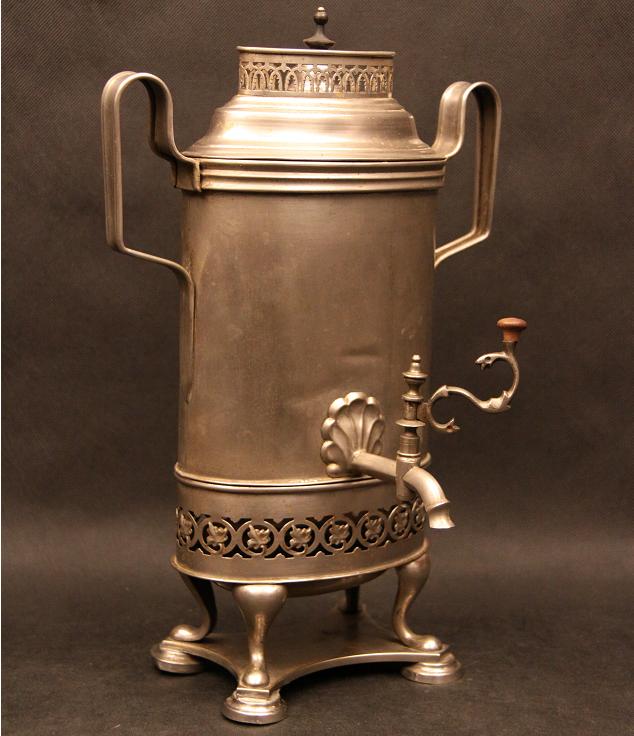
In conclusion, here is a recipe for traditional “Russian coffee” published in 1900 by the court cook Yu. Mikhailov in his book “Healthy home table”.
“In a non-tinned red copper coffee pot, 3 tablespoons of roasted ground coffee and ½ teaspoon of chicory are placed on 5 glasses. Brewed with boiling water and then boiled. Several times the coffee boiled in this way is put for 5 minutes away from the fire to allow it to settle thicker. The grounds are deposited very well if you throw hot coal into the coffee pot itself. Then the coffee is carefully poured so as not to shake the grounds.”
source:
https://diletant.media/articles/36577000/






